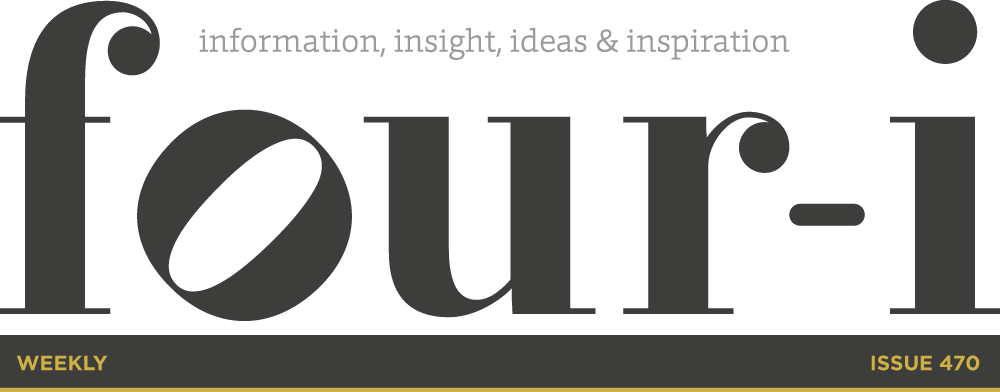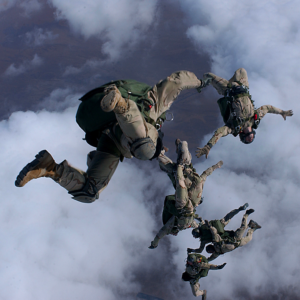
Two Directions.

By the end of this week all of our Leadership Groups will have met with Colin Maclachlan, the former SAS soldier who you’ve probably seen on several TV programmes about our elite forces.
At our meetings, Colin described details of his experiences on tours of Northern Ireland, Afghanistan, Iraq, Sierra Leone, as well as at home with the Stansted hijack, and the lessons learned from each and how they can be applied personally and in particular to the leadership challenges of everyday business.
Every one of our members has come away from Colin’s 3.5 hour workshop inspired to take specific actions to increase resilience, to find deeper levels of motivation, and also the key way to deal with conflict, to minimise it, and get to resolution really quickly.
Having now hosted Colin eight times you might think I’d heard all his material – but no, last week he described two situations that have got me thinking in a totally new direction.
The first was Operation Barras – the rescue of 8 Royal Irish Regiment soldiers held captive in the jungle by the “West Side Boys”, a militia group that was terrorising Sierra Leone.
Colin was a member of the advance party, responsible first for reconnaissance and then the initial engagement as the camp was stormed.
The second was a Special Ops mission requiring a high altitude skydive to attack another camp with 10-20 highly trained enemy forces. As the aircraft circled for over an hour, the eight SAS soldiers were informed that the numbers had been underestimated and there were at least 100 militants, they were asked: “Do you wish to proceed with the mission?” Their decision was unanimous, as Colin put it: “We decided to go, and the next minute the carrier door opened and we all frog-jumped out to the soundtrack ‘Thunderstruck’ by AC/DC!”
On both occasions, Colin had two options. To go forward, or to retreat.
He described his decision making process, which in effect was two questions: “What are the consequences of going forward?” and “What are the consequences of turning around?”
The SAS has rightly earned a reputation for being the best elite force in the world, but one thing they are most definitely not is ‘gungho’ – indeed, every mission is planned and rehearsed over and over again. But that said, there comes a point in every operation, (and for that matter for everyone of us in our daily business), where we either commit and take action, or do nothing and walk away, (perhaps hoping the situation will resolve itself some other way). Which direction to take should be made based on asking “What are the consequences?”
Our members identified some scenarios where this approach might apply:
- A team member who was excellent for two years but has underperformed for several months now.
- A new recruit who is doing the numbers but isn’t living to the values.
- A CRM system that is based on ancient code and is inflexible, yet everyone knows how to use it and fear that changing will be too disruptive
- And many more
In each the options are to tackle it head on, or to leave it be, to walk away and keep fingers crossed.
The two directions/options apply personally as well. Does someone in a poor relationship challenge the causes or put up with the symptoms? Similarly with health and fitness, take positive action or carry on ordering takeaways from the sofa?
The exercise I’ve asked our members to carry out is to list every situation where they’ve fudged it, each issue that they’ve left to resolve on another day, and then to write out the consequences of action/inaction.
You might like to do this now as well – or you can put it off for another day.
Join over 6,000 property professionals, including leading estate and letting agents and receive information, insight, ideas and inspiration (four-i) from top estate agency coach Peter Knight, straight to your inbox every Monday. Join now
Find out more about Property Academy and the services we provide here.
Agree or disagree with the views expressed in this newsletter? Share the article and your views on social media today.
Follow our social channels here: